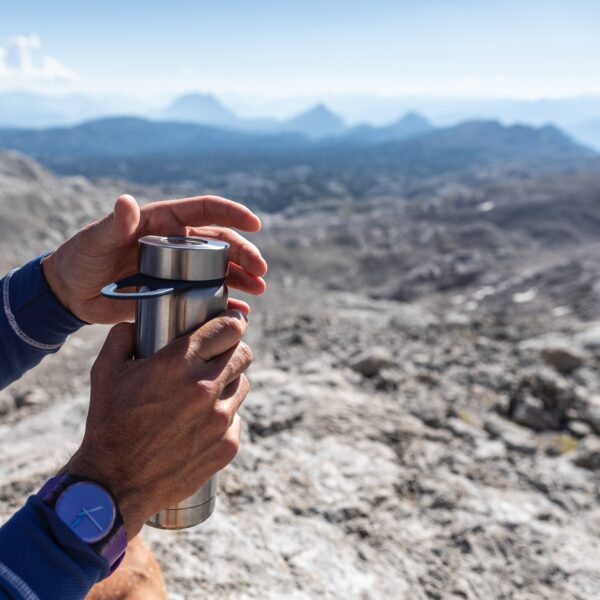Whether you like to train at the gym prefer the convenience of working out at home, or have one-on-one time with a personal trainer, it’s likely you’ve done a workout where the instructor has asked you to “engage your core” or “tighten your abs”. Sorry, you want me to do what exactly? If you’ve been confused by what these terms mean, you’re not alone! They’re simply your trainer’s way of asking you to engage your abdominal muscles, also known as your core or abs.

A strong, stabilised core is important for healthy movement and holistic fitness, making your workout as effective as possible while also helping to prevent injury.
Engaging your core during exercise helps to protect your spine, rotate and twist safely, maintain good posture, and keep your balance (not to mention giving your core the best possible workout). It’s important for weightlifting and lower-body workouts, as you can easily injure your back without the spinal protection from strong core muscles.
Despite all these benefits, engaging your core isn’t always easy to figure out, especially if you’re new to working out or busy trying to coordinate other parts of your body! Should you be sucking in? Bracing? Holding your breath? And what does “core activation” actually feel like?
I’ve outlined what it means to engage your core, including a rundown of our different abdominal muscles, what activating your core feels like, and the most beneficial time to get your core working.

How do you engage your core?
A good way to brace your abdominal muscles is to think about pulling your belly button towards your spine, or tighten your abs as if you were in a boxing match and preparing for a sucker punch to your stomach.
What does an engaged core feel like?
You should feel stable and secure, and everything from your rib cage to your pelvis should feel like a single, strong cylinder. Using the sucker punch analogy can be a helpful reminder that it shouldn’t feel like you’re sucking your stomach in or holding your breath. You should be able to breathe!
How do you know when you’re engaging your core?
Here are four simple things you might notice when your core is activated during a workout:
- You’re able to perform straight leg raises or a straight leg hold without arching your back. Every part of your spine should be touching the floor
- You’re able to maintain your balance better when performing single-leg exercises, such as a single-leg deadlift
- You’re able to keep your body in a straight line from head to toe while holding a plank or performing a push-up
- You can lift weights without arching your back, such as barbell squats, deadlifts or overhead movements like a shoulder press
Almost every movement you make, whether it’s squatting, crunching or sprinting, requires the use of your core muscles. When your core is engaged, your body becomes strong and stable, making for a safe and effective workout.
A strong and engaged core decreases your risk of injury, helps you maintain better posture and allows you to move with better form using the correct muscle groups. It’s a win-win!



